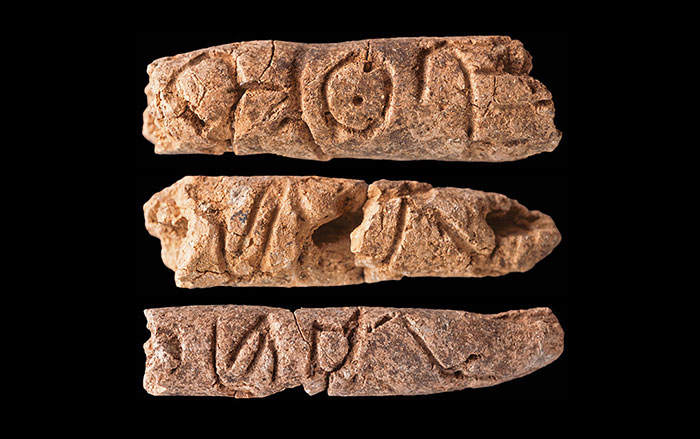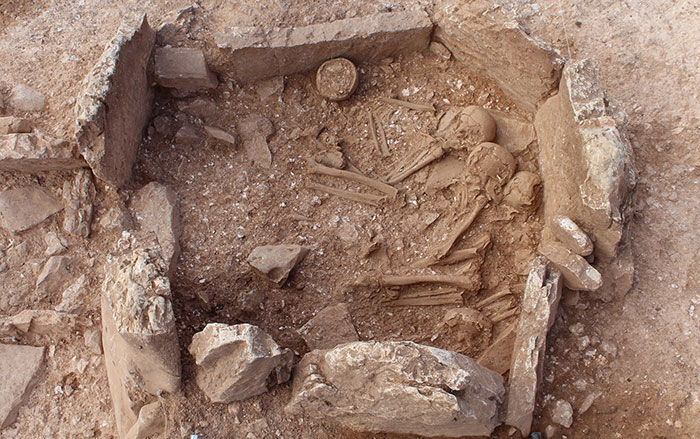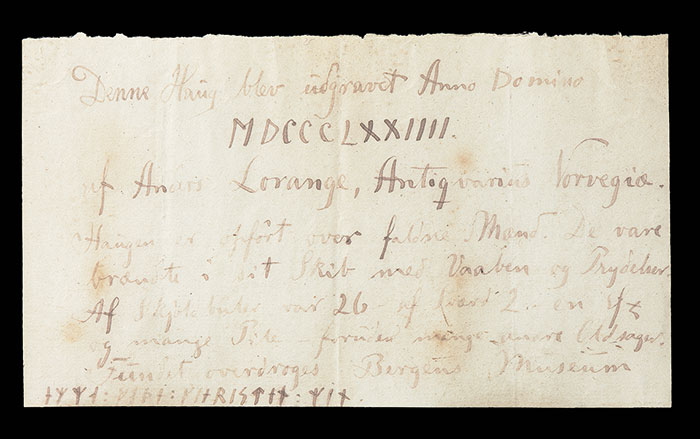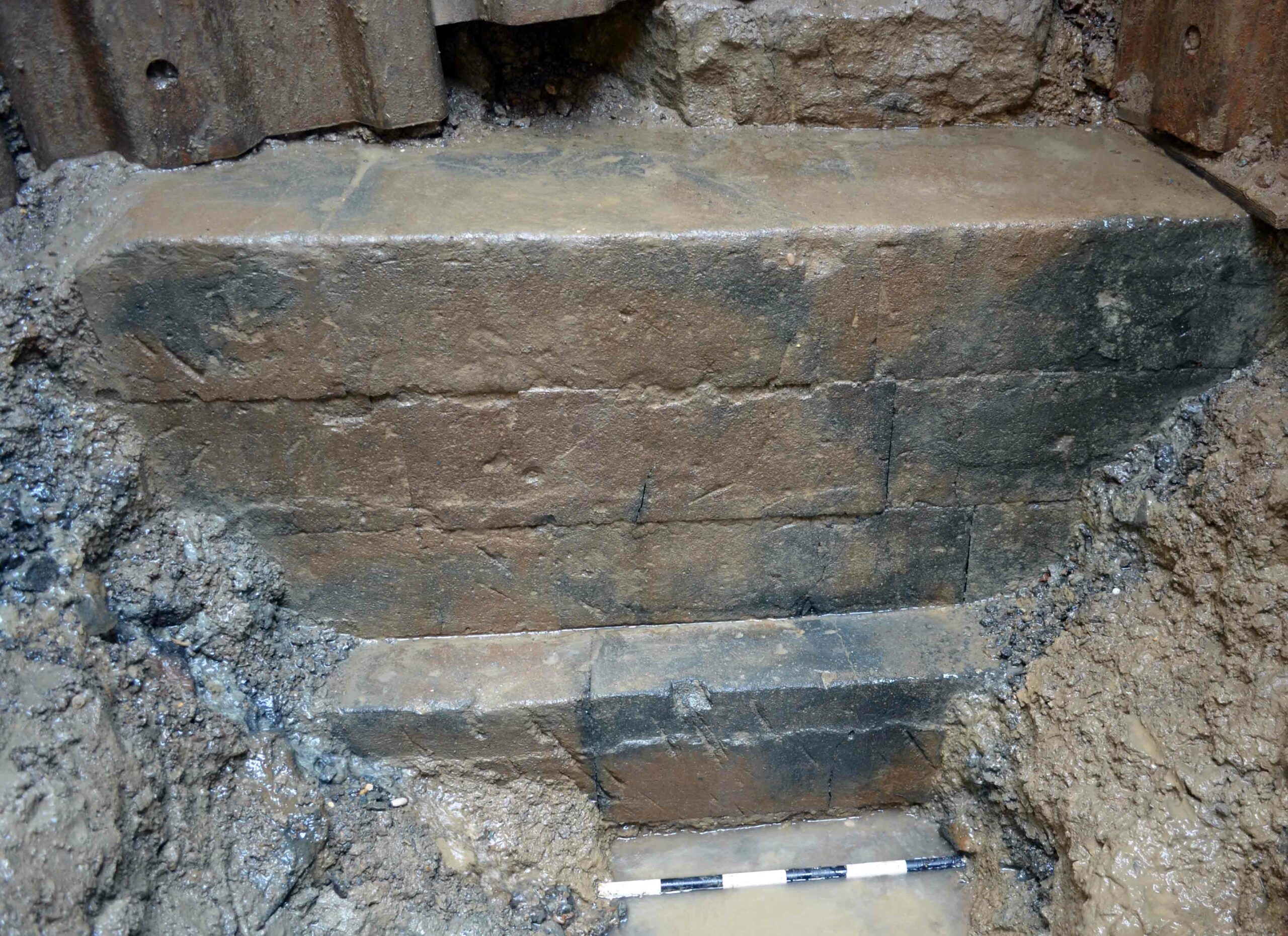
SASKATOON, CANADA—An early Bronze Age skull unearthed in a cemetery northwest of Siberia’s Lake Baikal was analyzed by bioarchaeologist Angela Lieverse of the University of Saskatchewan and scientists at Canadian Light Source. The skull is missing the two front incisors of the lower jaw, although there is not a large gap between the existing teeth and the jaw appears normal at first glance. The tip of a stone projectile is also lodged just below where the two incisors should be. The man had been buried with a nephrite disk and four arrowheads, one of which was broken and found in his eye socket. The team reconstructed the arrowhead fragment using advanced imaging techniques. “We discovered that the missing teeth had nothing to do with the projectile. Turns out that this individual had a rare case of agenesis—where the two central incisors never formed—a genetic trait that affects less than half of a percent of all people,” Lieverse told Phys.org. And the projectile tip was a piece of the arrowhead that had been placed in the man’s eye socket. The point may have been removed from the wounded man’s face during a violent confrontation or before burial.










